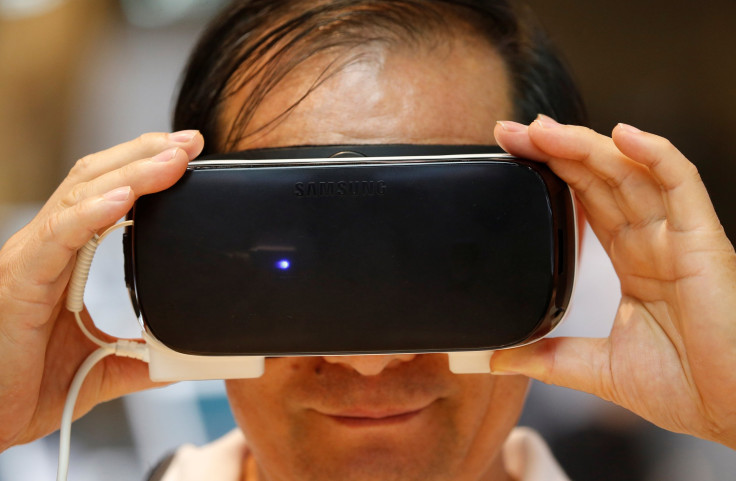Lenovo Windows Holographic VR Headset vs. Oculus Rift vs. HTC Vive vs. PlayStation VR: Comparison Of Specs And Features

Lenovo showed off its first virtual reality headset prototype, based on the Microsoft Windows Holographic platform, Monday in Las Vegas, ahead of the upcoming Consumer Electronics Show 2017. The new headset will compete with the HTC Vive and Oculus Rift in the rapidly expanding VR market.
In comparison to other tethered headsets like the Oculus Rift and HTC Vive, Lenovo’s device is small and light — the company claims it will weigh around 350 grams compared to the HTC Vive, which weighs 555 grams. This is in part because the design is similar to that of the PlayStation VR (PSVR) — the headset suspends the lenses in front of a user’s eyes instead of holding them in place with a strap.
Lenovo’s Windows Holographic VR headset will use 1440 x 1440p OLED panels, which will make it a higher resolution headset than the other currently available headsets.
In terms of tracking technology, the Lenovo VR headset uses a gaming technique called "six degrees of freedom" which lets the headset function without an external camera.
Unlike the PSVR and Oculus Rift, the Lenovo headset will not come with its own controllers. Rather, users will need third-party controllers compatible with the Windows Holographic platform. In terms of compatible apps, Lenovo told theVerge every Windows Store application will work in a floating viewer mode and additionally, some HoloLens software will also be compatible.
Lenovo plans to price the headset in the $300-400 range, giving it an edge over competition in terms of pricing. The Oculus Rift and HTC Vive cost $799, while PSVR sells for $399.
The date of availability of the headset has not yet been announced.
© Copyright IBTimes 2024. All rights reserved.





















